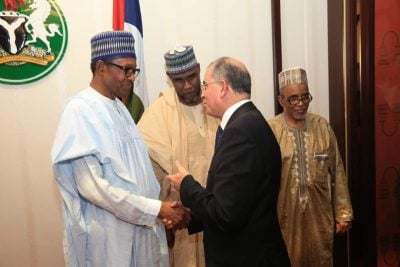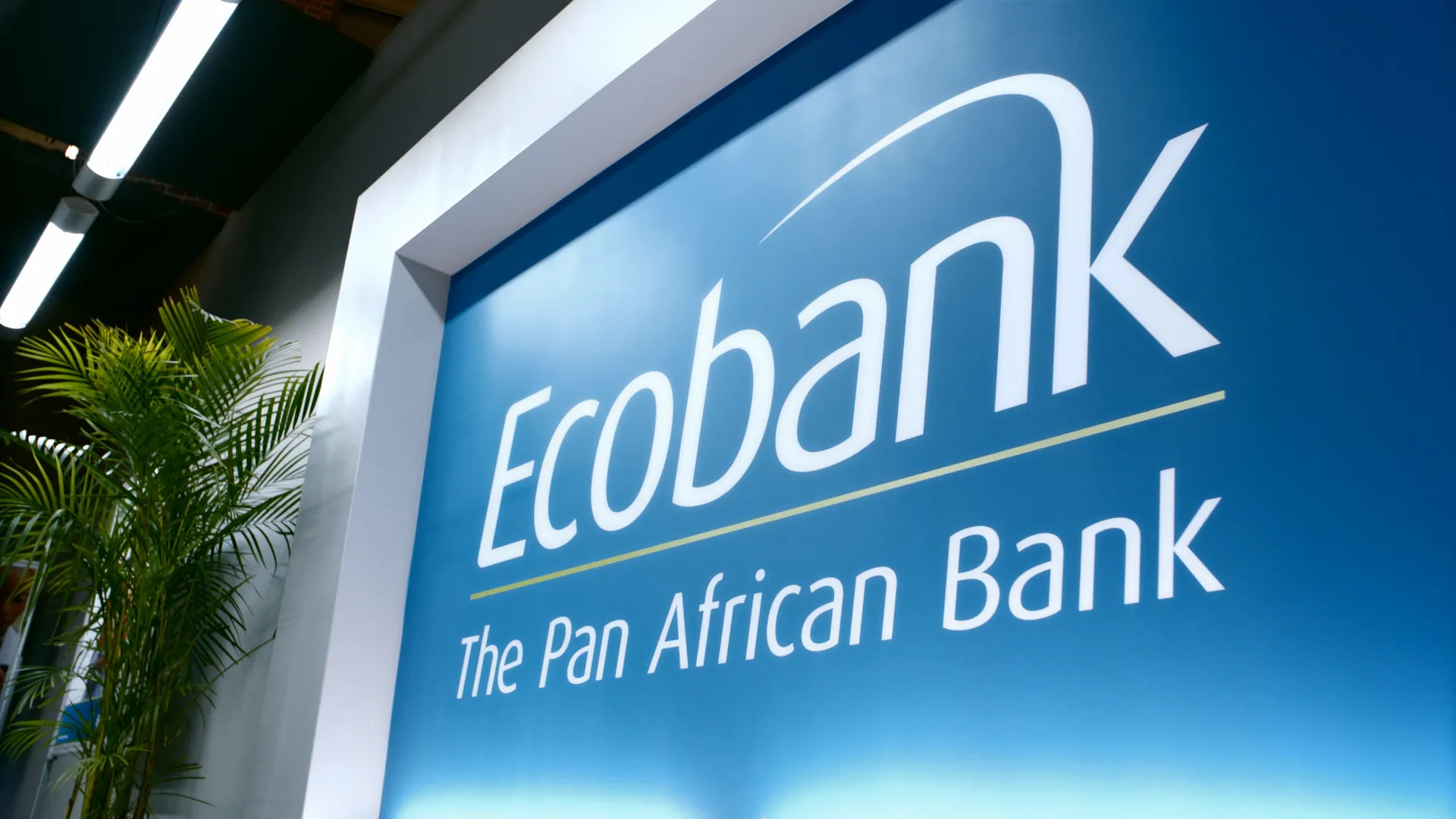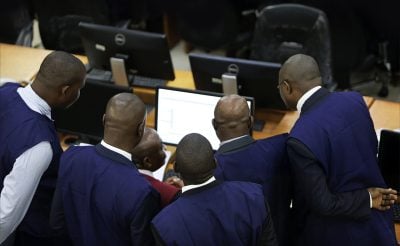
The publication of a research note by JP Morgan Chase in June has caused considerable disquiet in an Africa already battling economic storms on many fronts.
Using the negotiations by the IMF and other Multilateral Development Banks (MDBs) to restructure debts with Ghana, Zambia and Malawi as a base, the note argues that in effect Africa’s Multilateral Financial Institutions should lose their Preferred Creditor Status because of ‘tensions’ with the larger MDBs.
The Preferred Creditor Status (PCS) that the IMF and the World Bank among others enjoy, simply put, gives holders first priority in the repayment of sovereign loans. African Multilateral Financial Institutions (AMFIs) like the African Export-Import Bank (Afreximbank), the Trade and Development Bank (TDB) and the West African Development Bank (BOAD) also enjoy Preferred Creditor Status.
The PCS is not issued by any organisation but, according to Moody’s, “an implicit accord between borrowers and lenders that loans made by these institutions receive preferential servicing and repayment treatment above other borrowing-member liabilities such as commercial bank debt”.
The concept of the PCS goes back to the 1930s League of Nations but historically, the aim is to protect organisations that provide concessionary loans in case of a default.
The PCS means that the world’s largest MDBs with capital of hundreds of billions of dollars, as well as the much more modest regional DFIs with a fraction of such resources, are guaranteed ‘their pound of flesh’ even if a financially distressed country enters into a restructuring of their loans.
African sovereigns, in setting up the AMFIs, often made this practice explicit, by enshrining the PCS as part of the broad protections, immunities and privileges enshrined in the treaties of these institutions.
The logic in doing this was clear; in an environment where AMFIs are capitalised by developing countries and some of the poorest countries in the world, these institutions needed every advantage and protection they could get to ensure that they are able to fulfil their important mandates.
In this instance, PCS and other privileges were fundamental to the creation of these institutions, and are not only a matter of practice, but of law, as they are enshrined in the treaties as well as the national enabling legislation of these institutions.
The JP Morgan note questions whether AMFIs such as Afreximbank provide sufficient concessionary loans to justify their preferential status, especially when it comes to restructuring, or if they should be treated as any other commercial bank subject to the same risks.
The note misses the point completely. The fact of the matter is that AMFIs are in no way like commercial banks. That is why they are granted privileges and diplomatic immunities like those conferred on the African Union, the United Nations and other international organisations established by treaties, covered under the Vienna Convention on Treaties.
They play a vital role in keeping the home fires burning, so to speak, when the continent is reeling under the onslaught of a series of crisis including the slow recovery from the Covid lockdowns, the rising cost of living as a result of the Ukraine-Russia war, high inflation and climate change attrition.
Not to mention the retreat of the international banking system from the continent or the risk aversion of the world when it comes to investing in Africa and supporting domestic industry, key drivers of future growth.
Rising tide of costs
While trying to batten down against the effects of external storms, African countries face rising development costs in trying to cater to a growing population of the youth. The IMF estimates that sub-Saharan African countries need to increase spending by at least 20% of GDP to meet sustainable development goals on health, education and infrastructure by 2030. Climate change adaptation is expected to add billions of dollars each year for the continent.
According to the United Nations, 33 African countries are classified among the least developed in the world and in sub-Saharan nations, only 3m new jobs arebeing created annually when 18m per year are needed to absorb new entrants into the region’s labour market.
To make the situation worse, aid and bilateral support from rich countries has been squeezed to a fraction of what it once was and public debt, mostly as a result of the polycrisis, has increased to between 40% and 60% of GDP.
Given this tightening of the screws, African countries have had no alternative but to seek loans from the capital markets. Here they come under the cosh once again.
Given the often exaggerated risk associated with African debt, UNCTAD says countries in Africa borrow on average at rates that are almost four times higher than those of the US and nearly eight times higher than those of Germany.
Africa’s total debt, domestic as well as external, is around $1.8trn, a fraction of the EU’s $14.1trn, but European countries can borrow at much lower rates even in the face of unprecedented monetary tightening.
Trying to obtain concessionary loans from the MDBs comes with its own complications. In Kenya for example, IMF conditionalities called for the country’s already struggling population to pay heavy taxes on bread, cooking oil, mobile phones, vehicle ownership and even sanitary pads. The result was a series of protests which turned deadly and eventually forced President Ruto to withdraw the hated Finance Bill.
Squeezed in this way from several directions, African countries have been increasingly looking towards their Multilateral Financial Institutions to relieve the pressure and give them the breathing space they so desperately need.
AMFIs’ speedy response
And the AMFIs have responded with remarkable alacrity.
Take for example the case of the African Export-Import Bank (Afreximbank), one of the founding members of the Alliance of African Multilateral Financial Institutions (AAMFI) or the Africa Club. Just nine days after the WHO declared Covid-19 a global pandemic, Afreximbank launched the Pandemic Trade Impact Mitigation Facility (PATIMFA) in April 2020.
It supported member country central banks and other financial institutions to meet trade debt payments falling due and to avert trade payment defaults. It helped countries in procuring critical imports under emergency conditions and it assisted countries to manage sudden fiscal revenue declines as a result of reduced export earnings.
It provided emergency trade finance facilities for the importation of medical equipment and hospital refitting, among other measures to mitigate the pandemic.
The Bank announced a $3m grant to complement continental efforts to fight the pandemic. Working with the African Union Covid-19 Response Fund and the Africa Centre for Disease Control and Prevention, the Bank acquired some 800m doses of vaccines for distribution in Africa. At the end of 2021, the Bank had disbursed $7.05bn to combat the pandemic and its effects.
In 2022, Afreximbank launched a $4bn Ukraine Crisis Adjustment Trade Financing Programme for Africa to manage the impacts of the Ukraine-Russia war crisis on African economies and businesses. This was to help African countries cope with import price increases and the loss of revenue from tourism, among other adjustment measures.
This is not new. In 2014, it had contributed $1m to contain the outbreak of Ebola in West Africa and in 2019, it donated $1.5m to support relief for victims of Cyclone Idai.
Broader mission
The list of interventions made by Afreximbank to mitigate the dire economic headwinds of recent times goes on but the Bank also has a broader mission. It was established in 1993 to take up the slack caused by the increasing withdrawal of international organisations from Africa, especially in trade finance. Its broader mission has been Africa’s rapid economic development and integration and the pursuit of excellence in all its endeavours.
The 30-year journey has often been over rocky paths and needed innovative solutions to new obstacles but the Bank has ploughed on regardless and by and large its achievements have exceeded expectations.
The integration of African economies, once considered as no more than a pipe dream, is now a reality through the African Continental Free Trade Agreement and Africa’s trade financing has grown in volume, efficiency and sophistication.
The Bank has played a central role in both these milestones and the Pan-African Payment and Settlement System (PAPSS) has cut through the earlier thicket of bureaucracy and diverse exchange rates. Africa today trades with Africa seamlessly and instantly.
The Bank has also made good its founding pledge to bring the continent’s severed diaspora in the Caribbean back into the fold by establishing permanent links with CARICOM countries. It has, too, invested in the arts and other creative industries including fashion, movies, music and gastronomy in order to polish up the continent’s creative heritage.
All this has generated a positive momentum towards Africa’s growth and economic self-reliance. A great deal still needs to be done and resources are limited but there is no shortage of determination or ambition or hope.
And when dark clouds gather and emergency measures are called for, the Bank is at hand to help out – no questions asked. To do this, it has had to run its operations at maximum efficiency and the profits it has generated have kept the confidence of its shareholders who are also its funders. This includes its 52 African member states who have granted it Preferred Creditor Status.
The PCS ensures that the Bank is always liquid and just as significantly, the rating agencies continue to accord it high ratings, which means it can borrow at reasonable rates and lend to governments and the private sector at concessional rates as well as provide grants when needed.
Without the PCS, as some seem bent on foisting on AMFIs, they would be like lifeboats with gaping holes in their hulls.
AMFIs are not in competition with the large MDBs which continue to play very important roles in the continent, nor with commercial banks which have their own unique niches, but to act as lenders of last resort when needed and to take necessary risks in the development or emergency financing spheres that others might shy away from. They can do this confidently because of their PCS.
It is difficult to comprehend why AMFIs’ PCS, which enables so much good to flow, should cause any ‘tensions’ among the world’s biggest MDBs. Challenging this status adds nothing to the MDBs but could kill off the AMFIs, which provide such a key lifeline to emerging Africa.
Surely this is not an outcome that any right-thinking organisation can possibly wish for.
Want to continue reading? Subscribe today.
You've read all your free articles for this month! Subscribe now to enjoy full access to our content.
Digital Monthly
£8.00 / month
Receive full unlimited access to our articles, opinions, podcasts and more.
Digital Yearly
£70.00 / year
Our best value offer - save £26 and gain access to all of our digital content for an entire year!

 Sign in with Google
Sign in with Google 



